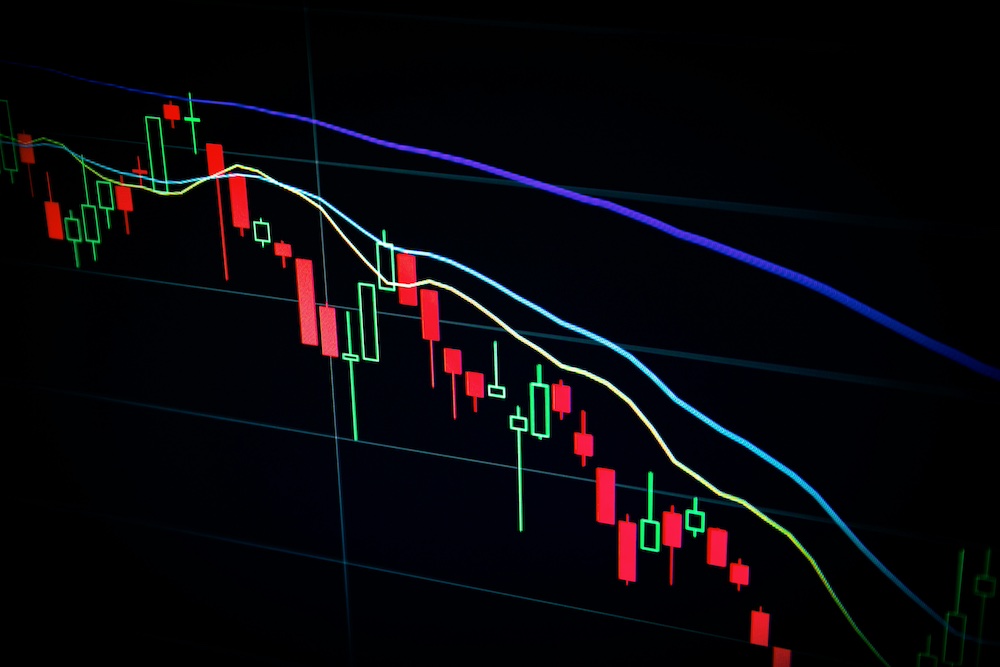Whether in the cryptocurrency industry or in the traditional financial markets, trading in the currency market is lucrative when you learn to balance the risks and rewards by employing a well-defined strategy. This strategy is a set of rules that govern your trading decisions. It can also be referred to as a system, as it is a combination of various techniques and guidelines that determine the direction of your actions in the volatile market.
The rules and parameters of your trading system or strategy will control your trading activities. Hence, the success or failure of your trades will greatly depend on the efficiency of your trading system as a whole.
In this article, we focus on how to build a rule-based Forex trading system by sharing the top six tips that can be followed to make the process easier and more efficient.
Top Six Tips for a Forex Trading System
- Self Assessment
The first tip that you need to follow to devise a rule-based trading system is to assess your own capabilities and knowledge level. This type of self-assessment is even more critical for a beginner as a newbie will still have a lot left to know and learn, and many of the important lessons can only be understood from hands-on experience in trading. But you should be aware of your skills and also the things that you need to work on as a trader. You should focus on the aspects you’re good at and make proper use of your abilities in your strategy.
However, being aware of your flaws or weaknesses as a trader is equally important, as you should not opt for a strategy that can fail to generate results in the absence of a specific skill you lack. You need to keep learning to improve your trading techniques and analysis, but make sure you pay more attention to the aspects where you are competent enough and master those areas to gain confidence as a trader. Your strategy or trading system should also be tailored and personalised to make the best use of your skillset, as that is what makes you competent as a trader.
To state this simply, you need to choose a trading style that perfectly blends with your personality. For instance, a trader who lacks patience will find it hard to fit themselves with a swing trading strategy or positional trading as these strategies require a ton of patience to begin with. Some of us really don’t feel easy while holding on to a position for an extended duration, and in that case, opting for a day trading strategy would be ideal.
This self-assessment aims to choose a method you can adapt to rather than spending a lot of energy and time forcefully employing a technique that does not have enough potential to bring the desired results. You also need to ensure you are well-prepared to face the challenges you will encounter while getting into actual trading. You must have enough funds to take risks for the trading process and the right mindset to stay focused and work for long-term success.
- Specify your Goals and set your targets
The next tip for building a rule-based trading system is connected to the results you want to attain at the end of the trading process. You should have a clear idea about what you are trying to achieve from trading and break this goal into small targets to make the trading process easier. You should have a profit target for each trade, and it should be realistic and practical based on your trade size.
The best way to set your profit targets is by specifying the number of pips you wish to gain from a single trade. Pip is the standard unit to measure and express the smallest movements in exchange rates of currencies, and you will earn profits based on these currency price fluctuations. Hence, traders tend to state their profits and losses in the number of pips. The pip value is different for every currency pair, and the monetary value of pips again changes based on your account’s base currency.
The best tool that you can use for pip calculations is a pip calculator, and you can rely on a Forex profit calculator to set your profit targets and forecast the profit potential as well as the risk of loss for each and every trade. You can also do these calculations manually, but it takes a lot of time, and the chances of errors are higher when the currency prices keep moving in the fast-paced market. Hence, making use of trading calculators will save you from committing costly mistakes in the actual trading process by simplifying the calculation process with quick and accurate results.
- Raise Capital
The next step to establishing your own rule-based trading system is ensuring the availability of funds for trading and fixing the capital requirements to make your strategy work and generate sufficient profits. You need to check how much money you can afford to lose as a trader since losses are inevitable when you get exposed to market risk. Risk management surely helps to limit the account drawdown, but you must have a financial backup to lean on while being hit by potential losses. When you start trading, your account should have enough free margin, as risking all of your capital is never a wise move in trading.
- Select Market
The next step is selecting your market, which is the currency pair you wish to trade with, along with the trading session of your preference. The currency pair should fit well with your strategy, and aspects like liquidity and volatility need to be considered before choosing your pair. You also need to fix the timeframe for market analysis and trading. Beginners are always advised to focus on just one pair at a time and preferably a major pair to maximise their trading opportunities and minimise the risk. The trading session you choose will also be a determining factor in the success rate of your strategy.
- Testing
The next step is testing this strategy to ensure that it is going to work in the actual market. But you should not be risking any real money for this process. Instead, you can make use of the backtesting feature on a popular and feature packed trading platform like MetaTrader 5. The MT5 platform is loaded with powerful features and tools that will help you trade and backtest your strategies. You can evaluate the backtesting results and jump into the phase of strategy optimisation, where you will be fixing the flaws in your strategy to make it better in every way possible.
Backtesting is done with historical market data, which helps to know the success rate of your strategy in the past. But you also need to do some forward testing to check how the trading system will perform in the present. For this, you can simply sign up for a demo account to get some market exposure without being exposed to the risk of loss. You will be trading the markets in real-time without real money in the replica of a real trading account, which removes the risk from the trading process.
- Measure and Limit
In this phase, you will start measuring and placing certain limits on your trade-related parameters, like position size risk per trade, and you will also make sure the trade setup works with your risk/reward ratio. Our risk/reward ratio describes the maximum amount of risk you are willing to take for trade in relation to the maximum amount of profits you can earn from it, which is the reward for the risk you have taken. The risk/reward ratio should be optimal, and a recommended ratio for forex trading is 1:3, as you stand a chance to make $3 for every $1 that you risk for a single trade.
A risk/reward ratio of 1:2 is also ideal, but anything less than that is not really acceptable unless your strategy has a higher win rate. Risking too much for a little reward is not the best approach for trading. The goal is to make as much as possible from winning trades while losing as little as possible in the worst-case scenario. This is the last step that completes your trading system.
The Bottom Line
You should never risk anything above your risk tolerance as we can never be certain about the end results of a trade, no matter how much confidence we have in our strategy and skills. The market can take unpredictable turns, leaving you with losses.
Emotional trading is another threat to your trading career which needs to be avoided at all costs. You must follow a rational and professional approach towards trading, irrespective of your account size. This will eventually lead you towards success and profitability in the long run.










